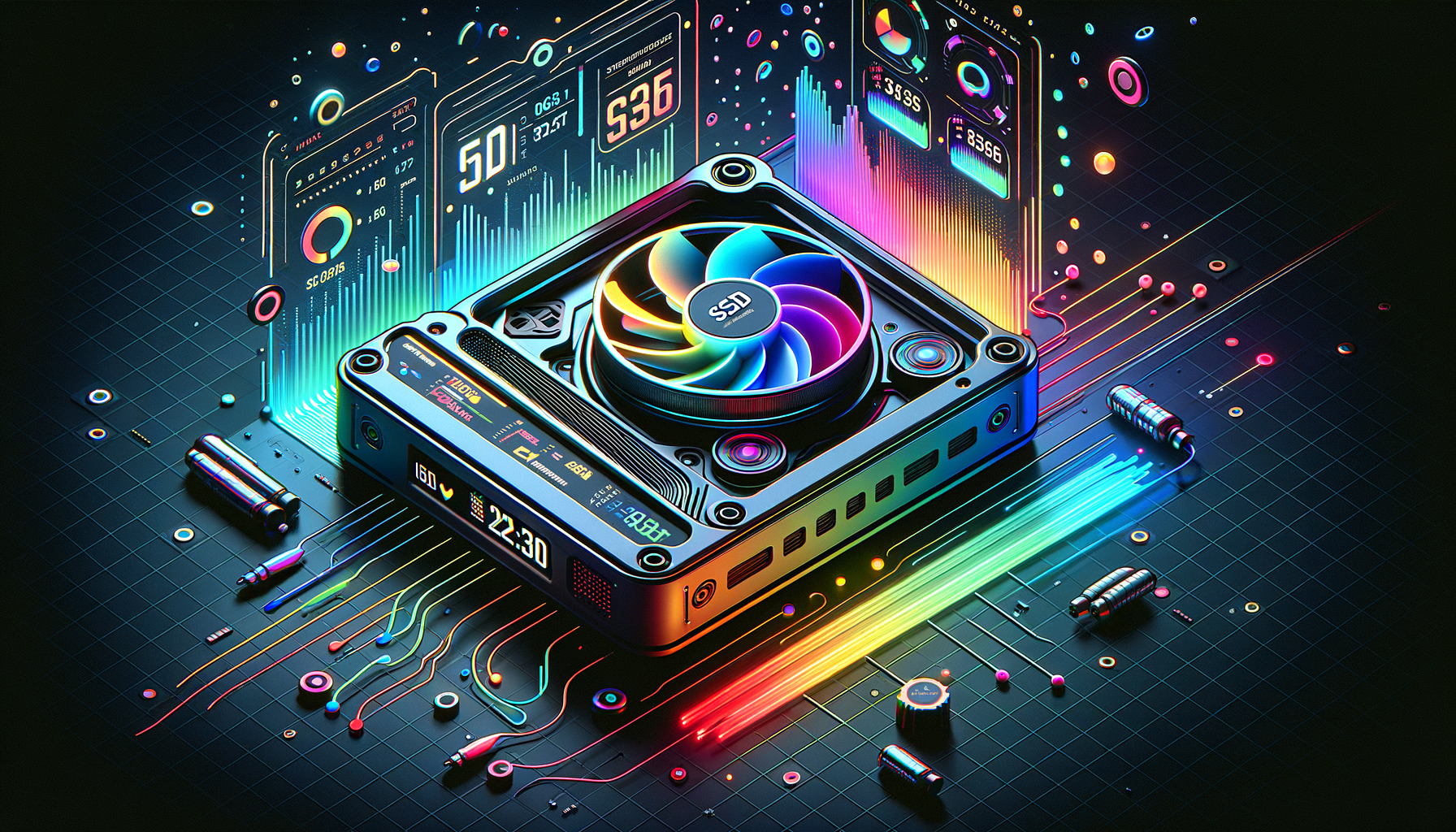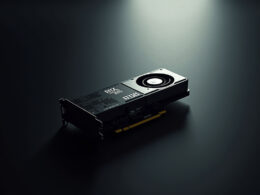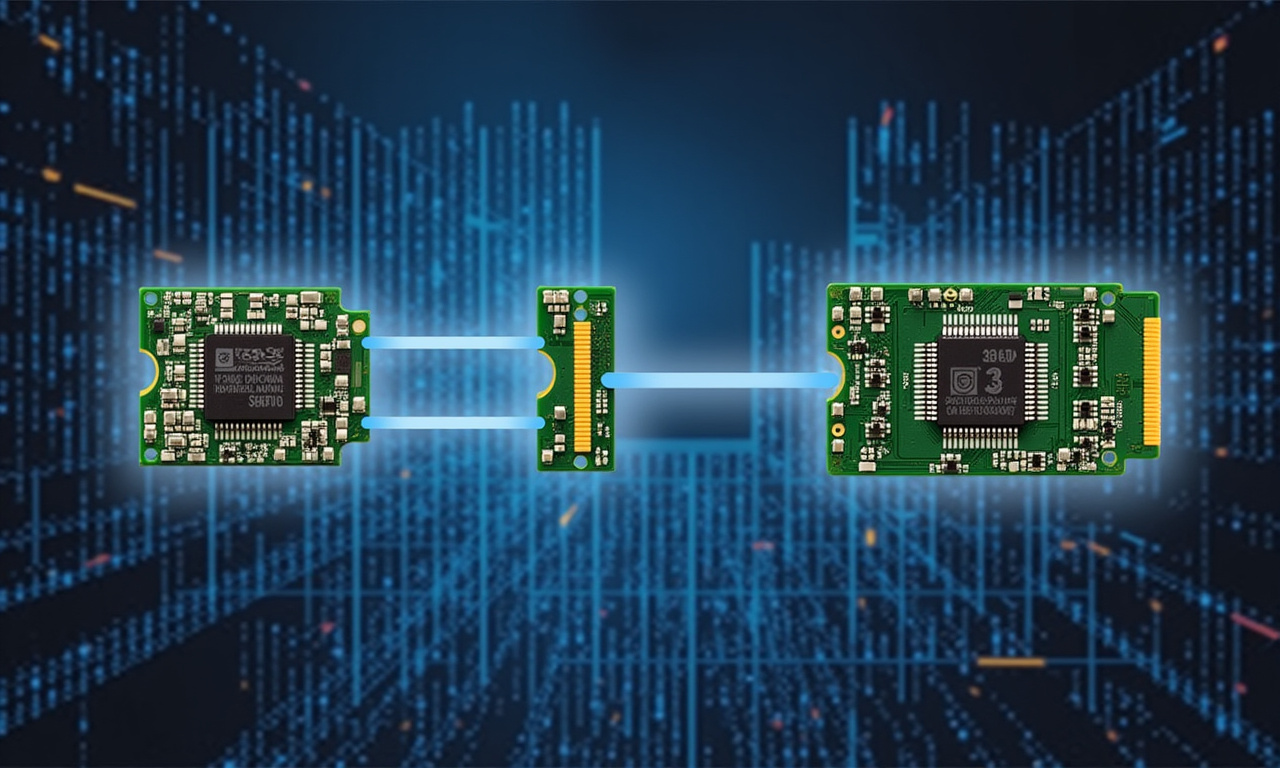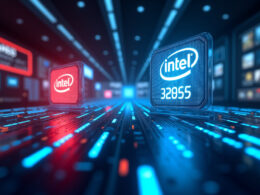PC hardware enthusiasts, brace yourselves. A new wave of SSD coolers has hit the market, and they’re sporting more than just fins and fans. Introducing interactive screens that not only cool your drives but also display key performance metrics. This isn’t your grandfather’s storage solution.
Zooming In
Gone are the days when PC cooling solutions were just utilitarian bricks. Today, they have evolved into vibrant components, coming alive with RGB lights-and now, screens. This leap is no surprise; it aligns with a broader trend where gamers and tech aficionados crave both functionality and flair.
Breaking News: Thermalright HR-10 2280 Pro Digital
The latest player to jump into this growing niche is Thermalright with their HR-10 2280 Pro Digital SSD cooler. Unlike traditional coolers, this one’s got a screen. And it’s not just for show-it provides real-time updates on speed, temperature, and drive usage. It’s like having a tiny dashboard right on your PC component.
Why It Matters
Displaying these performance metrics directly on the SSD cooler is significant for those deep in the tech trenches. Recently, there’s been a surge in demand for visual customization. It’s not just about making your rig perform well; it’s about making it look good while doing it.
Technical Specifications and Functionality
Let’s get geeky. The HR-10 2280 Pro Digital connects to your motherboard via a USB header. This lets it sync up and show important data on its mini display. Of course, it still requires a connection for its fan, adding a smidge more complexity than those old-school, standalone heatsinks. But in exchange, you get a cool-literally-detail-oriented monitoring experience.
The Competitive Landscape
Thermalright isn’t the only name in town flaunting screens. Other cooling products, including some liquid coolers, have started featuring displays to track system stats. It’s clear that the blend of function and aesthetics is captivating the industry.
A Look Ahead
While you can’t snag the HR-10 2280 Pro Digital in every store yet, it promises to open doors to more products that merge high performance with visual interaction. Consumers are increasingly willing to pay for tools that are both effective and appealing. The industry’s next hurdle? Integrating these flashy features without compromising practical utility. This could just be the beginning for a wide array of visual innovations in PC hardware.









